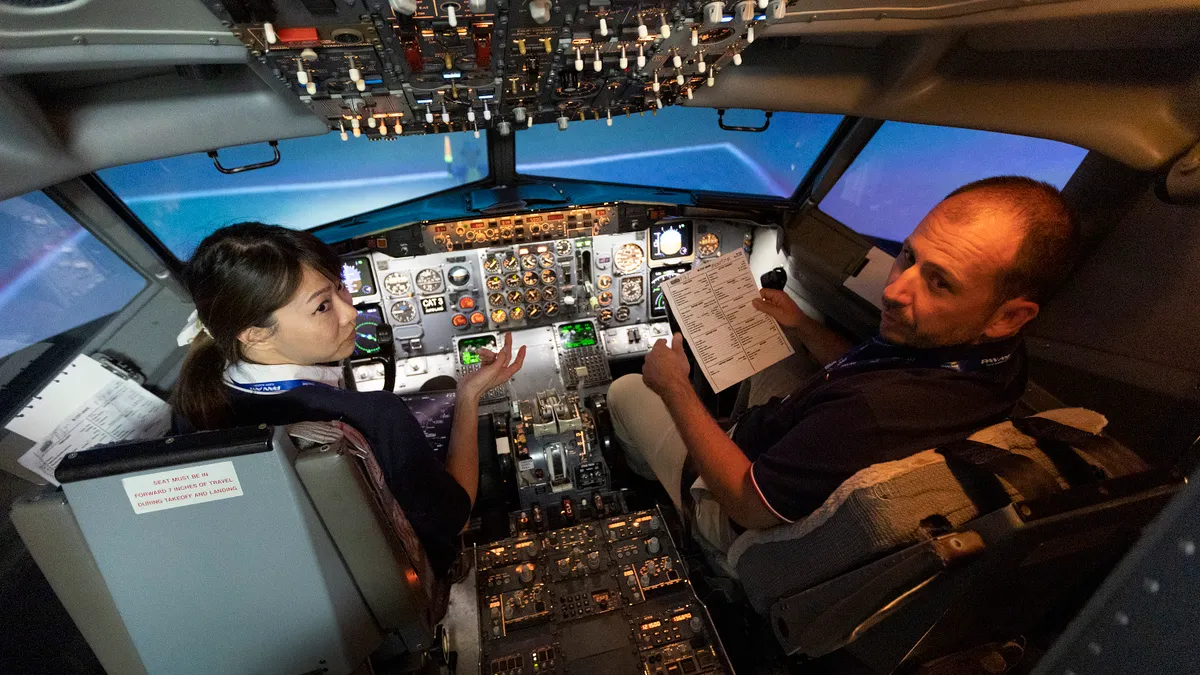Dive Brief:
- Partnerships between higher education institutions and employers can be difficult to create, often because of misalignment between the cultures, structures and values of the two groups, according to a July report from California Competes, a nonprofit policy organization focused on higher education.
- Higher ed leaders could improve employer relations by making industry engagement an expected responsibility of both faculty and staff, said the report, which drew from 28 interviews with people at colleges and employers.
- Robust employer engagement can strengthen enrollment and job outcomes for students, the authors argued, while also benefiting state and local economies.
Dive Insight:
Misalignments in culture can mean employers struggle to work with a college's institutional bureaucracy. And higher ed decision-makers may be disinterested in student job outcomes.
“Frankly, higher ed has had a very different function for a long time. It’s only in the past decade or two that the No. 1 reason for our students to go to college was to find a good job,” said Su Jin Jez, executive director at California Competes. “That connection between work and higher ed hasn’t been explicit, even though what’s going to guarantee the biggest returns in the labor market is a postsecondary degree.”
The new report's authors recommended that both parties — colleges and employers — incentivize employees to engage with the other, while reducing other responsibilities commensurately. Higher ed institutions could also hire people with professional experience in core industries that can be brought into conversations with employers.
Faculty are the ideal people to engage with employers, Jez said, because they are subject matter experts who are likely to stay at an institution long term.
Engagement between higher ed and employers is also limited because each side is often unable to understand what the other values. Higher ed institutions, especially community colleges, may struggle to make the value of engagement with their students known to employers, the report said.
Jez said both parties should have a conversation to understand what the other wants to get out of a partnership.
“Where do these priorities overlap and how can you build from that?” she said.
Institutions and employers may also lack shared spaces to connect. There are few places where higher education stakeholders and employers are together and able to meet, especially outside of career and technical education.
“You want to build spaces that spark and nurture engagement between higher ed staff and employers," said Jez. “That will allow for more spur-of-the-moment and authentic connections to happen.”













